Anti-colonialism and Jazz
Learning about Yaa Asantewaa, reading THE SCENT OF BURNT FLOWERS, and reminiscing about trips to Seattle's Jazz Alley
A book to read: THE SCENT OF BURNT FLOWERS by Blitz Bazawule
It’s the 1960s and FBI agents are after Melvin and Bernadette.
The Black couple flees America for Ghana, where Melvin is about to call in a favor. Several years ago, Melvin saved the life of his friend Kwame Nkrumah. Now, Nkrumah is the President of Ghana and Melvin needs asylum. The novel unfolds as the couple tries to track down the President and evade the FBI. Along the way they meet musician Kwesi Kwayson, who has a powerful and magical connection with Bernadette.
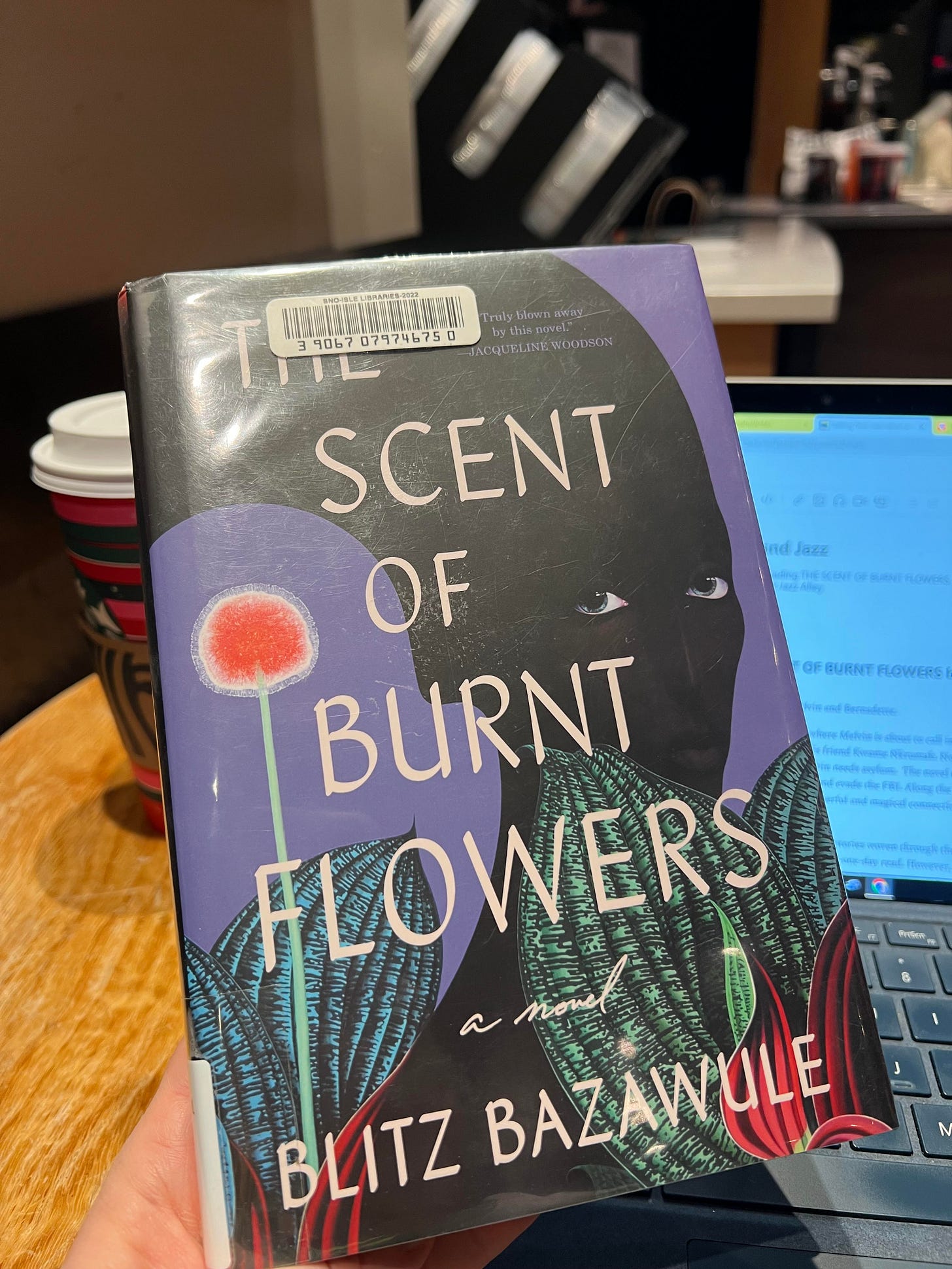
My favorite parts of this book are the Ghanaian stories woven through the story. I also enjoyed the fast-paced plot. It’s a quick all-in-one-day read. However, I would be remiss if I didn’t mention that this book isn’t exactly a literary masterpiece. There are adverbs EVERYWHERE, to the point of distraction. The characters are always laughing “hysterically” at things that would barely elicit a smile. If you didn’t know the gender of the author, it would be obvious upon reading his descriptions of a 6-week pregnant lady who smiles when she feels her baby move inside her. The insertion of magical realism was pretty clunky as well, although it did provide for a cool title.
However, you’ll note in the photo above that Jacqueline Woodson blurbed this book, writing that she was “truly blown away by this novel,” and you should definitely trust Jacqueline Woodson over me.
A place to visit:
Ghana. You should definitely visit Ghana after reading this book. Specifically, Cape Coast.
However, I’ve not yet been to Ghana. Therefore I’ll pick up another theme in the book: jazz music. Having grown up in the 1940s, the characters in the book are obsessed with jazz music. Louis Armstrong’s trip to Ghana was a pivotal moment for one of the characters.
Much of the story is centered on a Ghanaian highlife band, of which one of the main characters thought “the polyphonic African rhythms blaring out of the speakers were nothing like the jazz and blues she was used to in America. But somehow it all felt familiar.”
I love going out to jazz bars. My husband and I loved Green Lady Lounge and The Majestic in Kansas City, but no place beats home. And home, in Seattle, my favorite jazz spot has long been Dimitriou’s Jazz Alley.
My first Jazz Alley experience was in high school, when my parents took me to see Lionel Hampton and his band. If you are a jazz fan, this fact tells you that I am OLD because Lionel Hampton died 20+ years ago at the age of 94. When I saw him, he didn’t play anything too fast, but he could still tap out a few keys on the marimba from atop his wheelchair while singing “It’s a Wonderful World.”
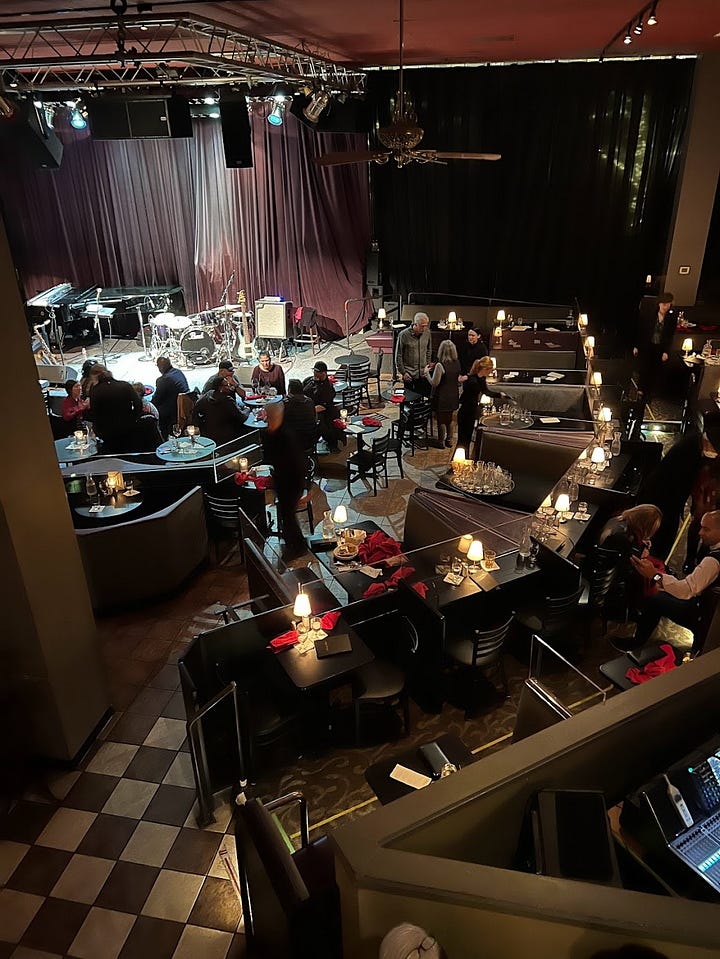
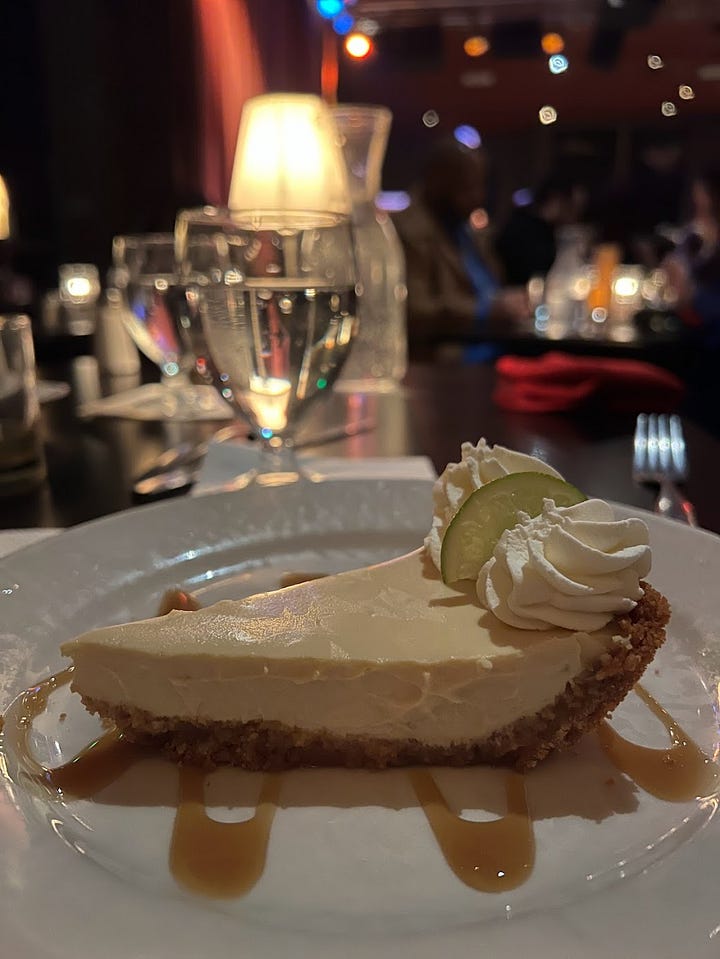
I spent several of my teenage nights at Jazz Alley (my goodness, I was a fancy teenager sometimes! And Jazz Alley isn’t cheap. Lots of babysitting money and no bills to pay must have been the good life). I moved away from Seattle, and returned in my baby-making days, so it was awhile before I got back to Jazz Alley.
My husband and I went a few times last Spring and Winter, and it was just as cozy and fun as I remembered. If you are looking for a perfect romantic date, Jazz Alley (or a jazz club in your hometown) is always a winner.
A lesson to teach:
One of the problems with trying to teach a World History class that bursts the confines of Eurocentric textbooks, is that it can be hard to find material that students can read. If you need a lesson on the Industrial Revolution in Britain, you are a quick Google search away from finding a million resources. If you want readings on African women who stood up to colonial aggressors, you have some digging to do.
Such is the case with Yaa Asantewaa. She has a Wikipedia page, a few paragraphs on Blackpast, a write up on the Yaa Asantewaa Past Girls Association webpage, and that’s about it. Unfortunately, the best resource (in my opinion) to teach Yaa Asantewaa is this episode of Drunk History. Sadly, I can’t quite get up the courage to ask my school admin if I can show Drunk History in class.
However, I love reading pages 15 - 17 (see below) of Bazawule’s book out loud to my students. Historical fiction authors do a fabulous job of finding little-known stories (or, little-known in America anyway) and bringing them to life.
The pages below describe the (fictional!) moment when Kwame Nkrumah describes to the novel’s protagonist how the British attempted to subdue the powerful Ashanti empire and then demanded that he sit on the Golden Stool, which had been “conjured from the heavens by a powerful priest. It represented the soul of the Ashanti tribe.”
At this point, Quenn Mother, Yaa Asantewaa delivered a rousing speech and led her men into battle against the British.
After reading the story to my students, they learn about Kwame Nkrumah, Yaa Asantewaa, and other Africans that resisted colonialism via the lessons outlined in last week’s Substack.



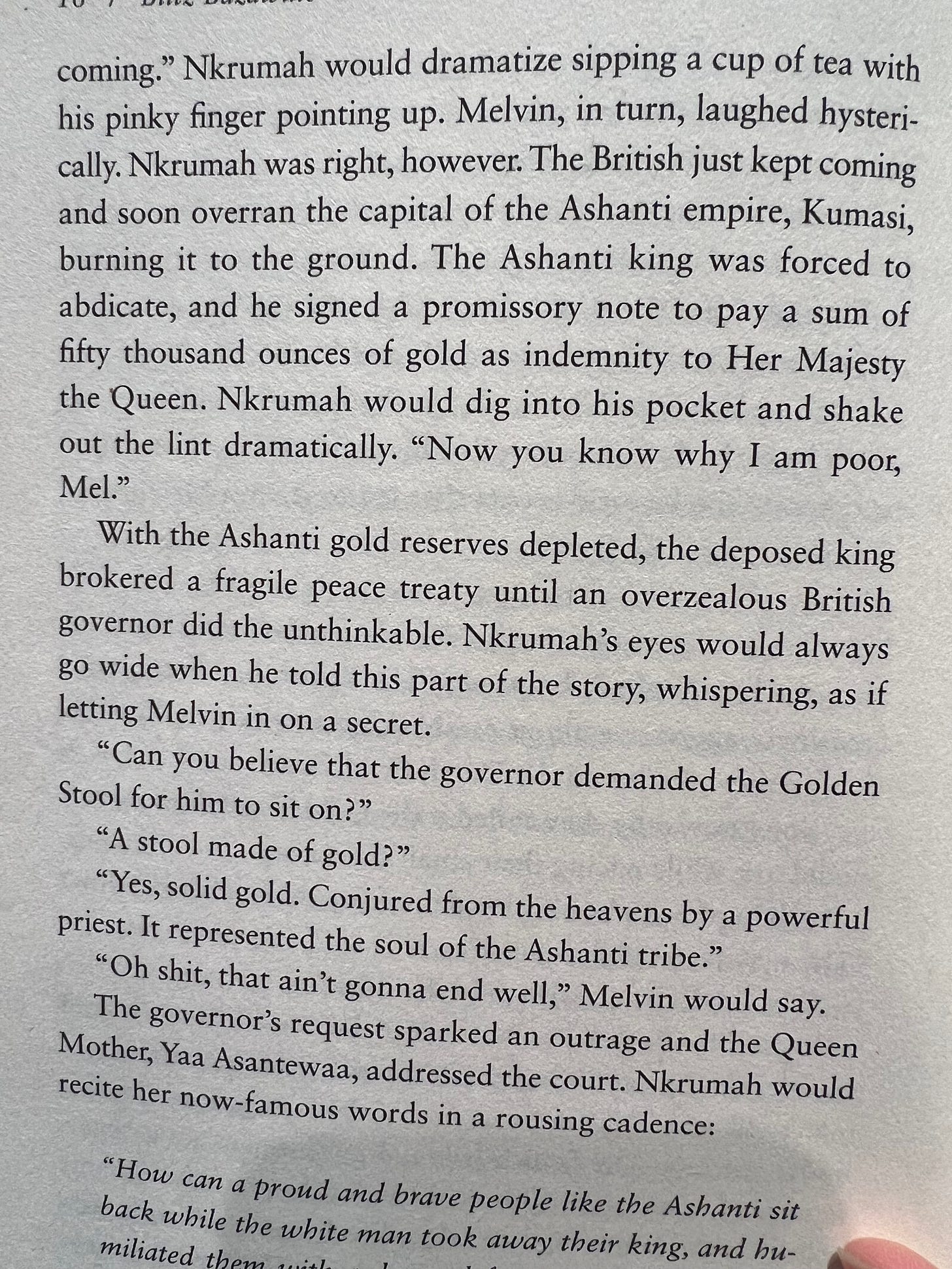
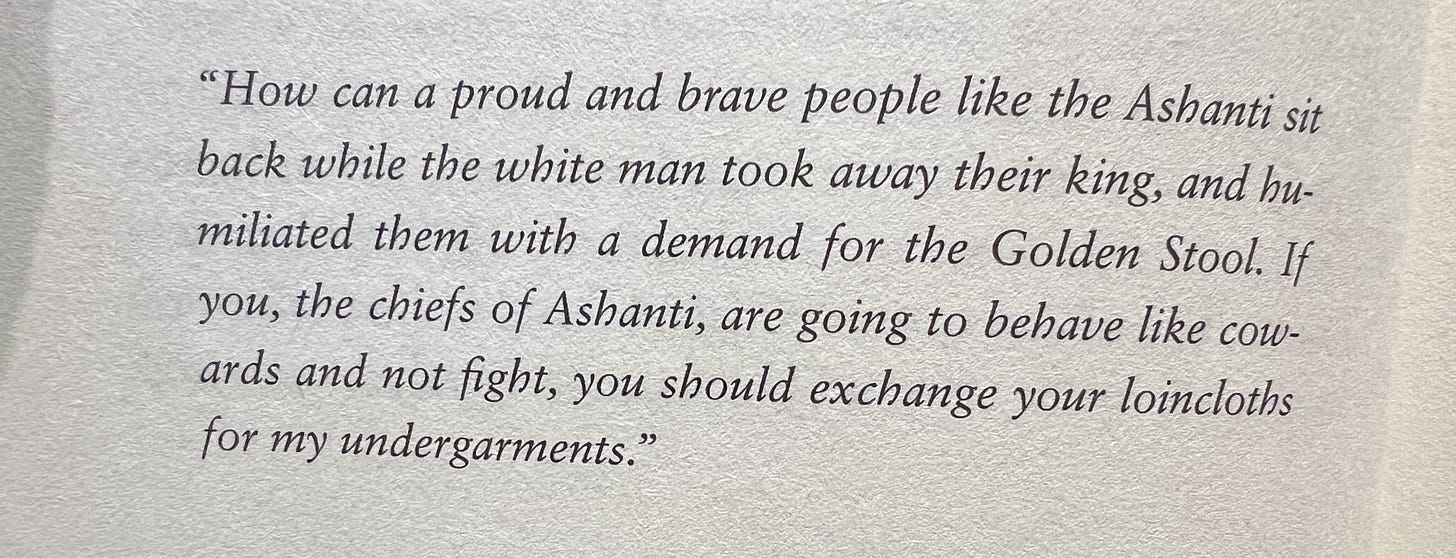
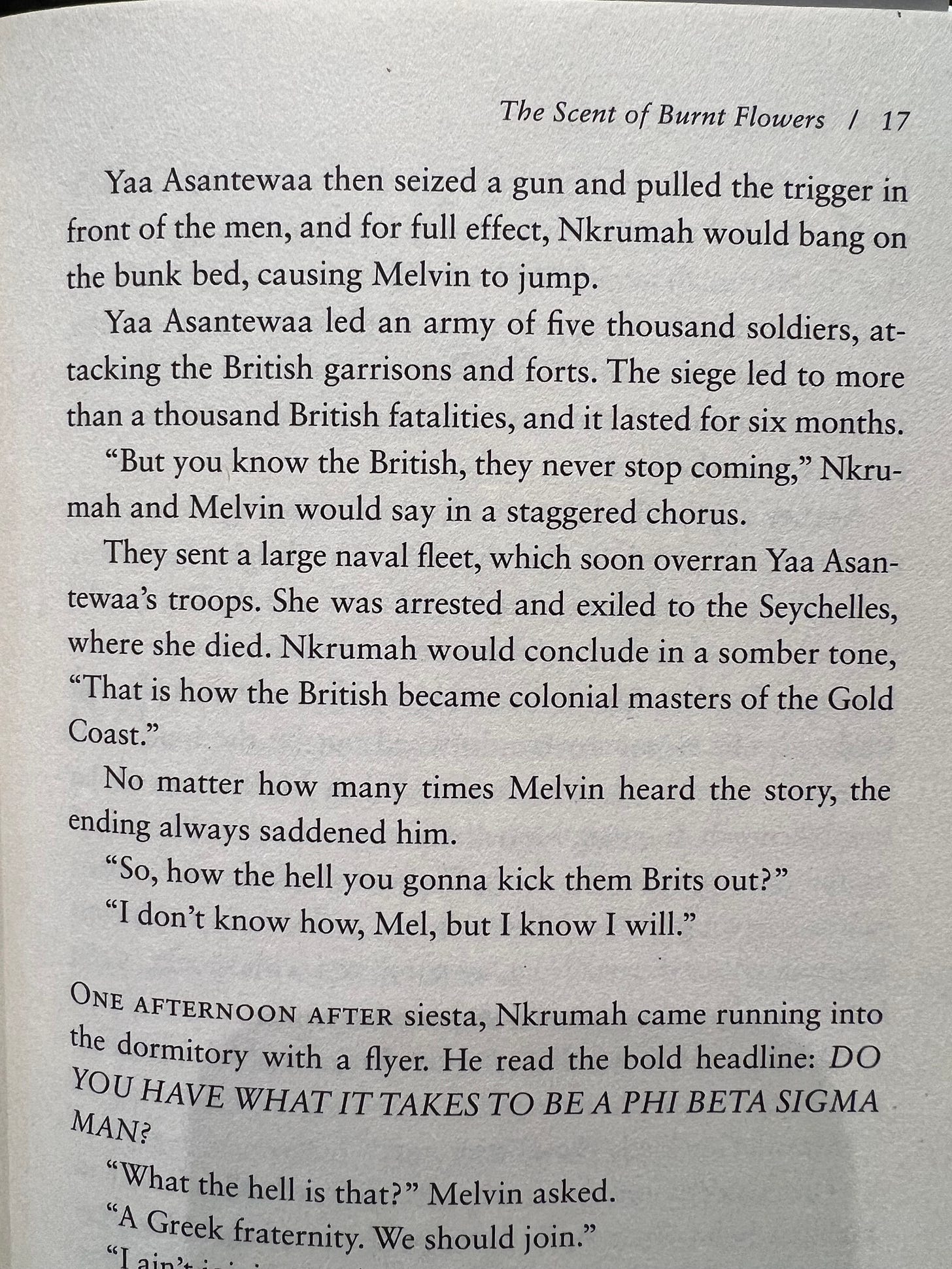
Fascinating. I found the raw power of the novel - "The British, they never stop coming" - to be pretty gut wrenching. And it stands well as a description of British imperialism.